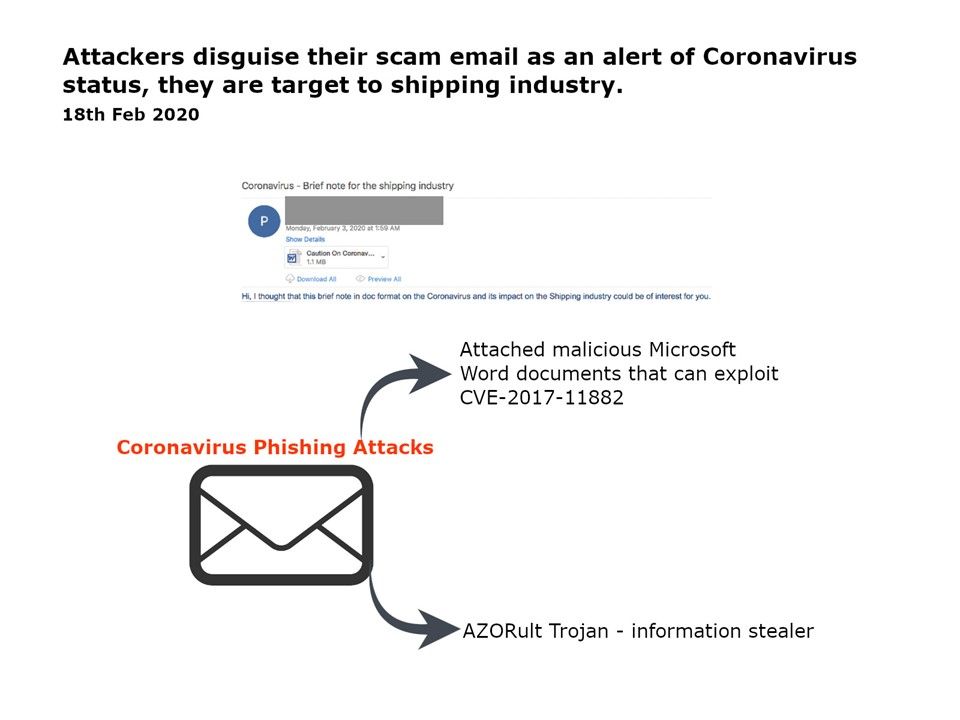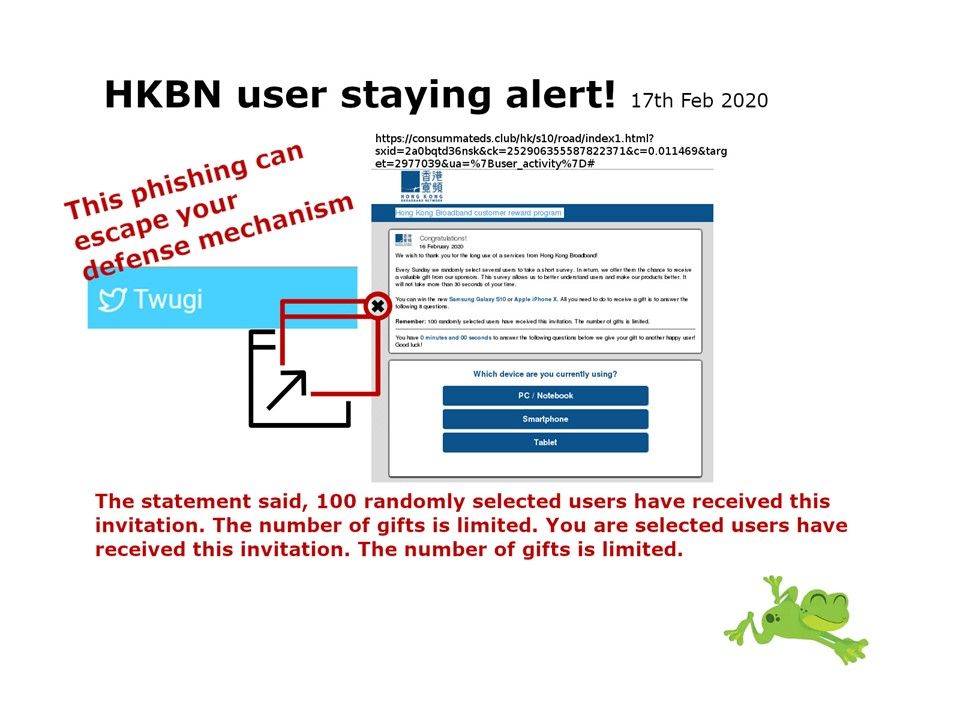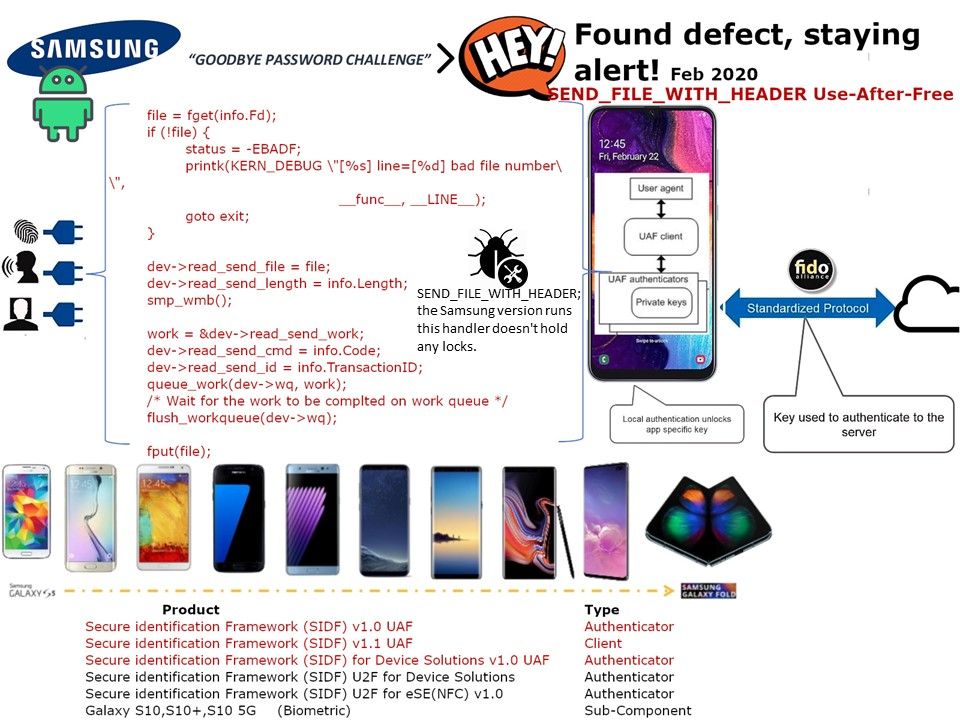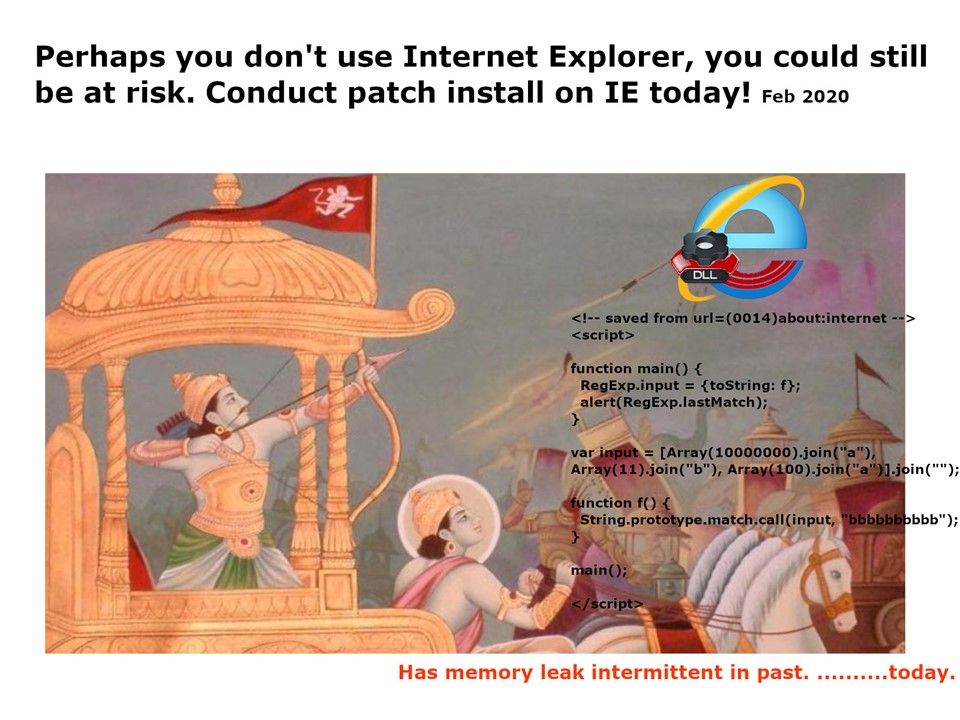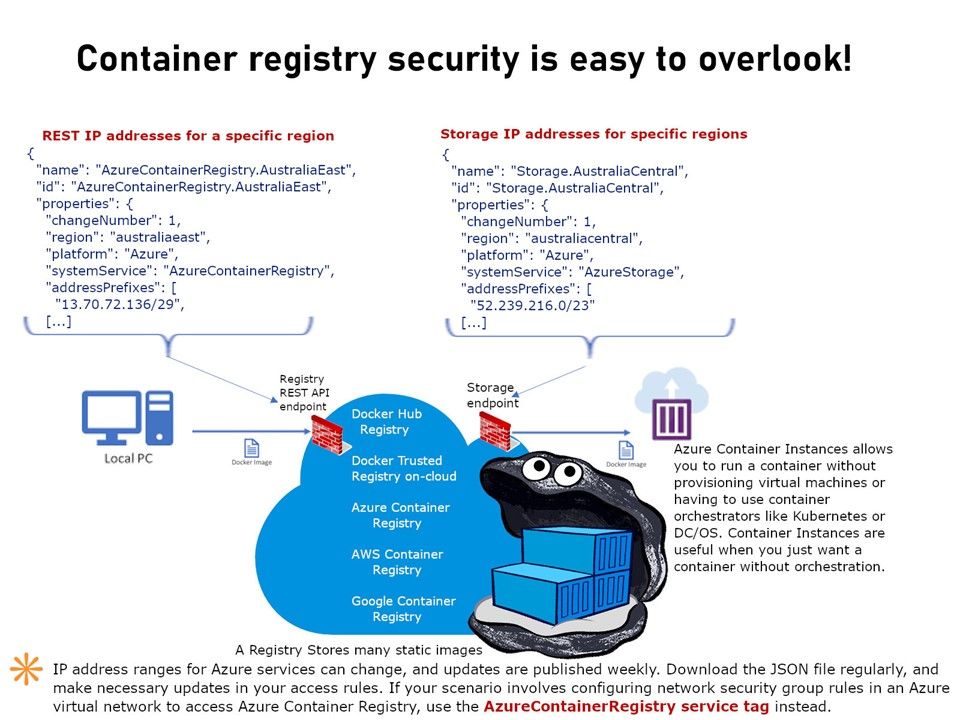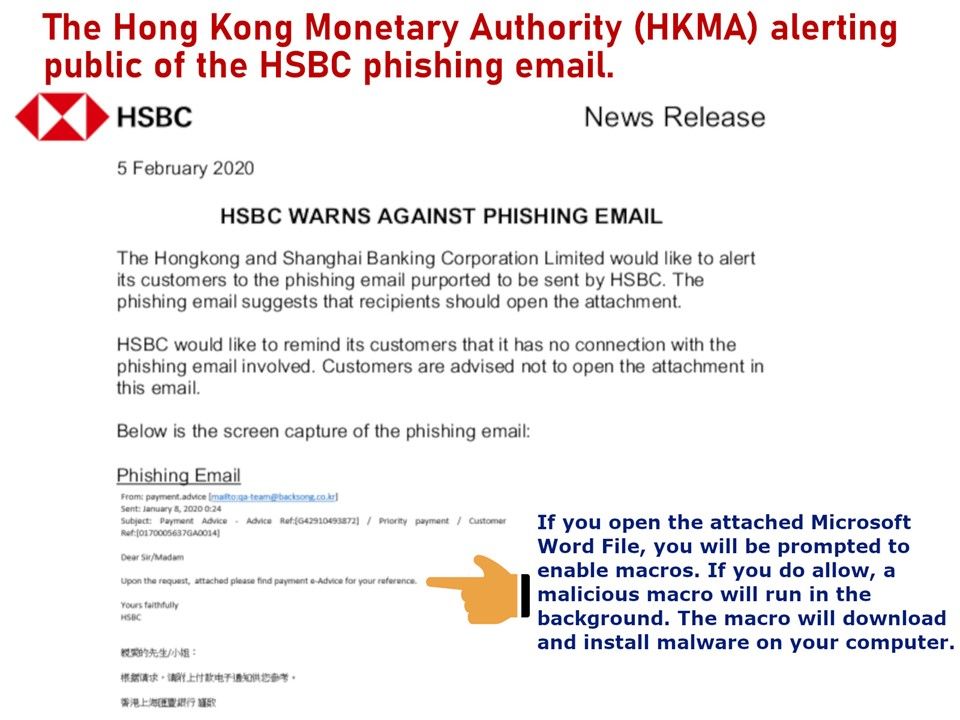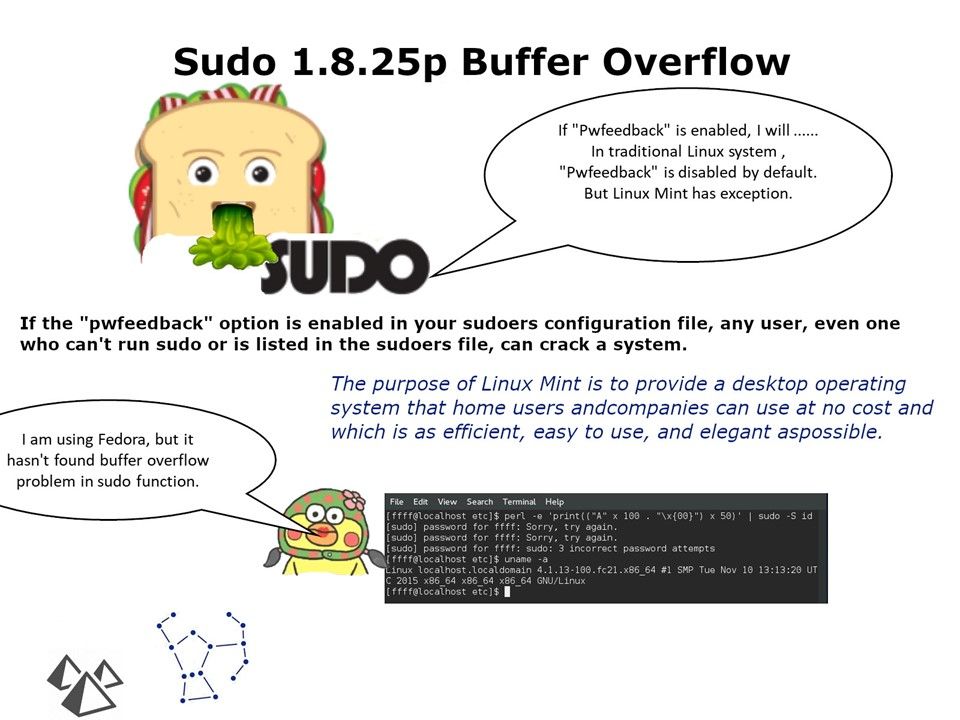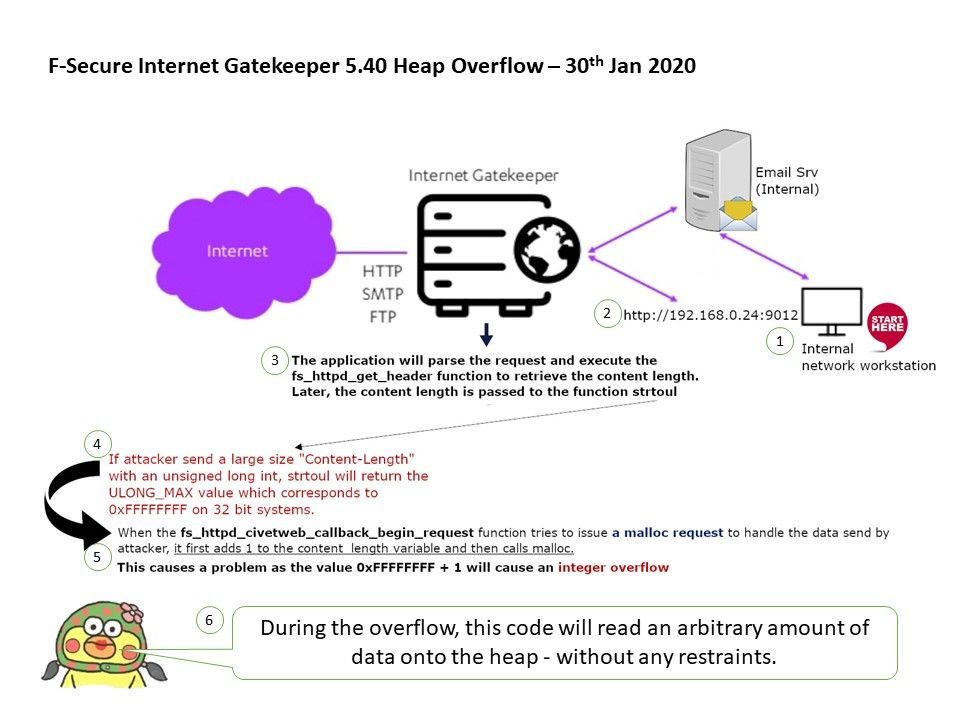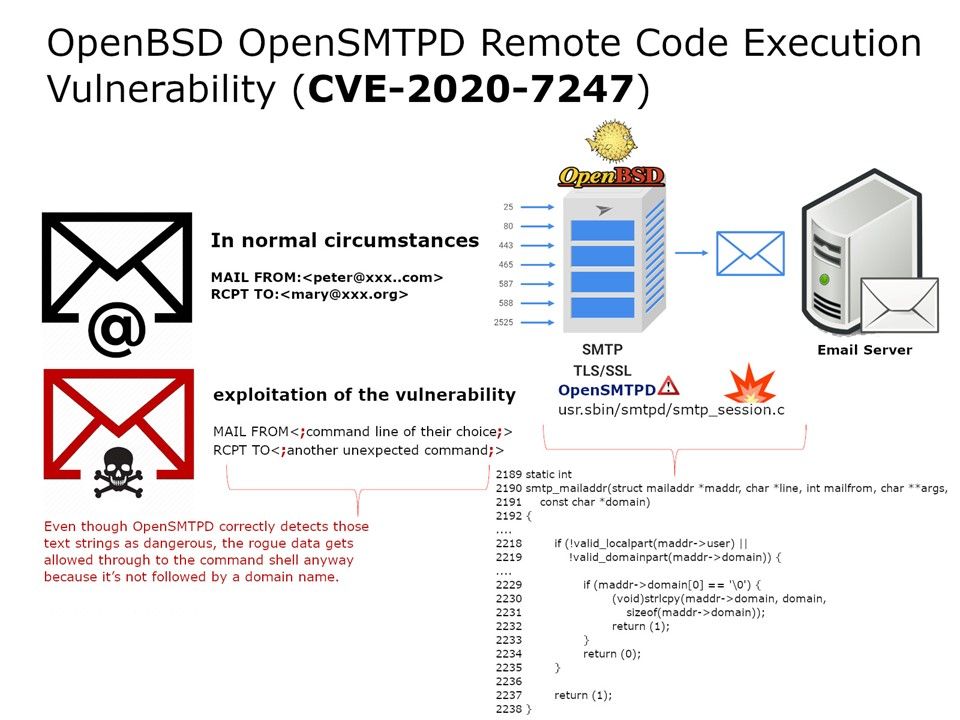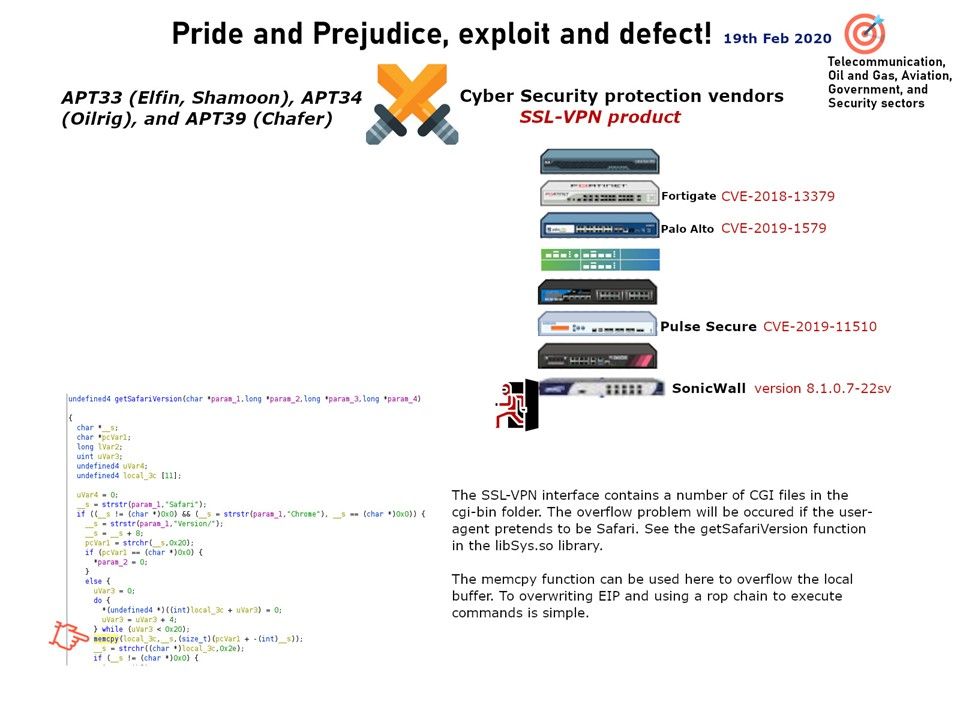
Preface: In normal circumstance, the remediation of vulnerabilities is time consumption. Even though Software-based vulnerabilities policy allow up to 90 days for the vendor to provide a patch.
Background: It looks that existing period of time can be happen plenty of matters. So far APT Group have talented and knowledge to discover the defect of the I.T product. Refer to cyber security evaluation report found that the new round of cyber attack for specify APT group will be focusing the SSL VPN products vulnerability. Refer to attached diagram, it shown that at least 3 different products of SSL VPN service encountered vulnerabilities last year (2019).
Our Focus: Perhaps vendor will based on the severity level priority the remedy schedule. This gap can provide such a space to hacker engage cyber attack.
The suspected defect like Sonicwall SSL-VPN. APT Group not difficult to conduct this attack.The memcpy function can be overflow the local buffer. So overwriting EIP and using a rop chain to execute commands is simple.
*Return-oriented programming (ROP) is a computer security exploit technique that allows an attacker to execute code in the presence of security defenses such as executable space protection and code signing.
